Last updated on March 7th, 2025
Are some of your radiators not heating properly, even after bleeding them? Balancing your radiators helps distribute heat evenly, but it won’t fix undersized radiators.
Before balancing, check if your radiators are the right size using our heating calculator. If they’re too small, they may never heat the space properly.
With 20 years of experience, I’ve spent plenty of time installing and repairing radiators. Balancing isn’t always fun, but it’s sometimes essential.
Balancing radiators
Most central heating systems run efficiently without needing to be balanced, but in some cases, it’s necessary. To balance radiators, you must partially close the lockshield valves on the hottest radiators, allowing heat to distribute evenly to the colder ones. You only need a laser thermometer and a tool to turn the lockshields.
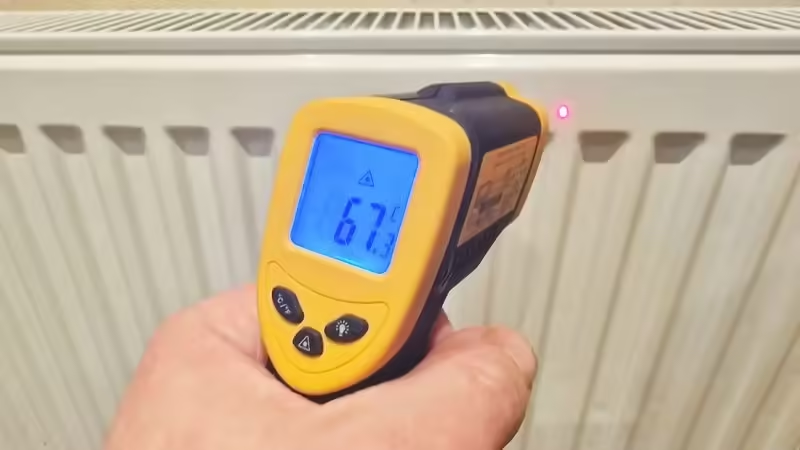
Make sure radiators need balancing
You should confirm the radiators need to be balanced as there are many reasons for a radiator to not heat up.
Here are some:
- The radiator needs bleeding
- A radiator valve is turned off, blocked, or faulty
- The heating system needs to be flushed
- The radiator is not piped up correctly
- The central heating pump is faulty or undersized
You should bleed any air out of your radiators, make sure both valves on any cold radiators are open (turned anti-clockwise), and make sure the boiler pressure is between 1 and 1.5 bar before attempting to balance the system.
Preparation
To confirm it’s a balancing problem close one valve (TRV or lockshield) on every hot radiator and leave the cold radiator valves open. If the cold radiators get hot, the system needs balanced, if they don’t, they don’t.
After confirming the radiators need balanced, make sure every TRV is fully open on the maximum setting. This will ensure the radiators stay on for the full process. All balancing is controlled by lockshield valves. If you have two lockshields, leave one fully open and use the other one to balance.
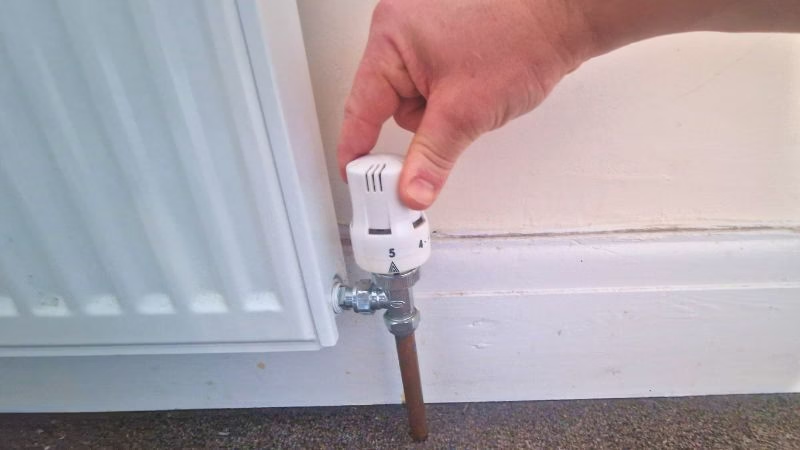
Step-by-step guide
To balance a central heating system you must spread the flow of heated water evenly around your radiators by restricting it from going to the hotter radiators which forces it to the colder ones.
You can use an adjustable spanner for most lockshields but some will need pliers or a hex (Allen) key, and some will have a handle that can be turned with your hand. Lockshields usually have a white plastic cover that needs to be pulled off but some have a screw that must be removed first.
How to balance radiators:
- Turn the heating on
- Close one lockshield valve on all the hot radiators
- Make sure the valves on the cold radiators are fully open
- The cold radiators should now get hot
- Open all the closed lockshields a quarter turn
- Leave it for a while to let the radiators reach temperature
- Use the laser thermometer to check the radiator temperatures at the top centre
- Tweak each radiator. If one is not as hot as the others, open the lockshield a little more.
- If any of them get hotter than the fully open radiators, then close them a little
Lockshield valves can be very sensitive, so you may need to adjust them several times to get the temperature right. It can take time, but patience pays off. After each tweak, let the radiator reach temperature before making further adjustments.
Check all radiators, fine-tuning as needed. They don’t have to be exactly the same temperature, but aim to get them as close as possible. Once you’re happy, turn the heating off, let it cool completely, then turn it back on and recheck, making final tweaks if needed.
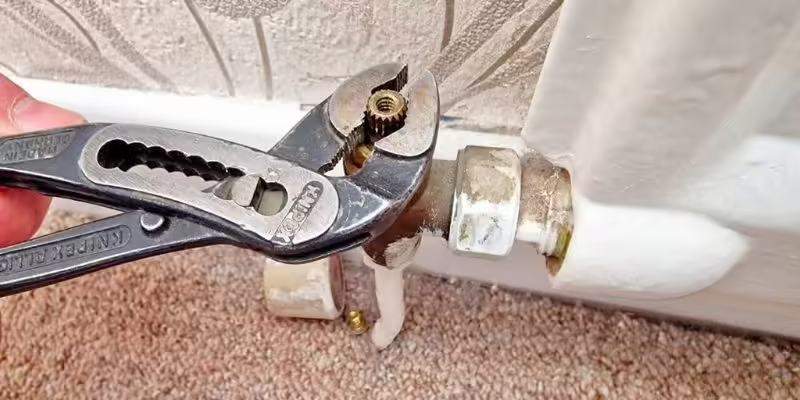
Balancing without a thermometer
You can balance radiators without a thermometer by using your hands to gauge the temperature. While not precise, this method can still work, I used it for years before getting a laser thermometer. If your radiators need balancing, you’ll likely feel noticeable differences between hotter and cooler ones. Follow the radiator balancing steps and use your hands to check temperatures.
Summary
Balancing radiators is a useful skill to master. While it might seem complicated at first, it’s actually quite simple, just time-consuming. Some lockshield valves are very sensitive, and even a slight turn can turn a radiator off or on.
The key is finding the right balance and continuing to tweak it until it’s right. If you’re balancing radiators in your own home, there’s no rush, you can keep adjusting the valves until you get it perfect.
Have any questions? Drop them in the comments below, I’ll do my best to help! If you found this post helpful, don’t forget to share it with others who might benefit.
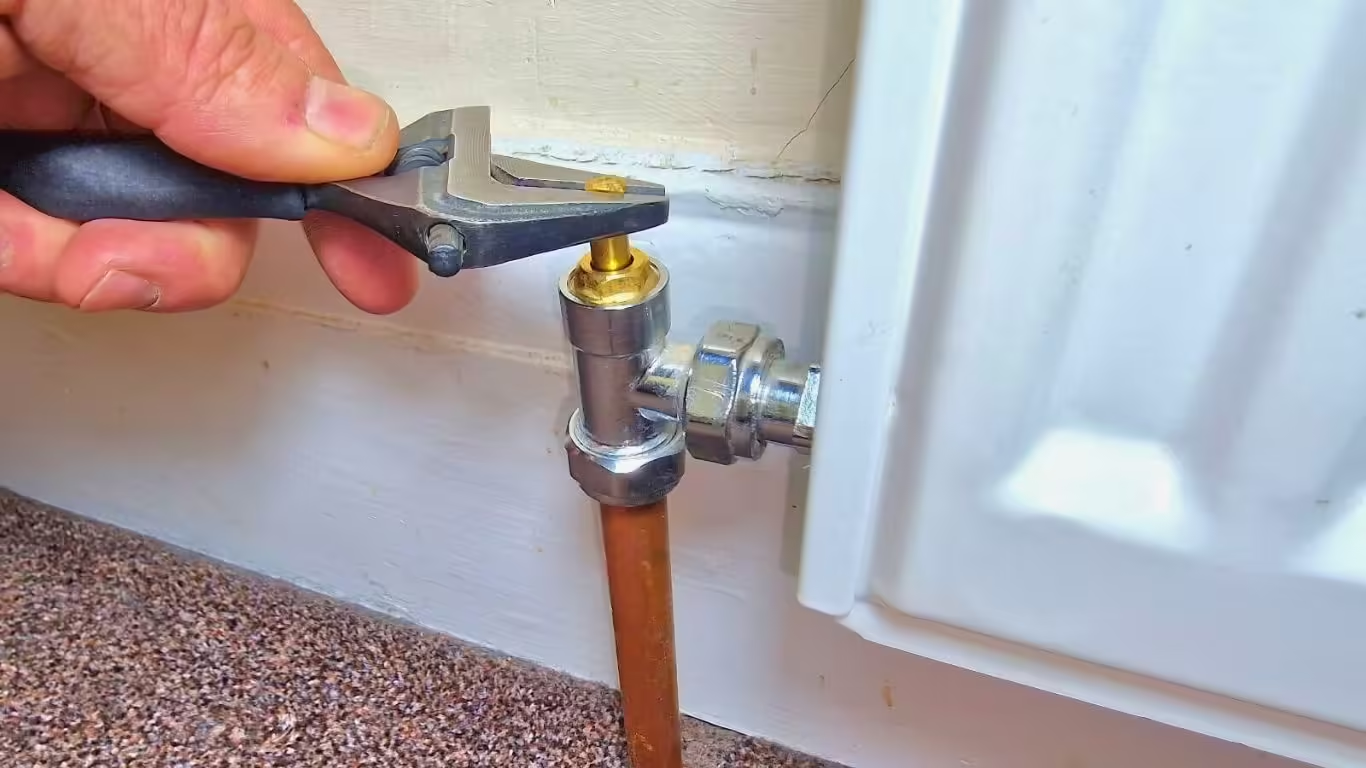

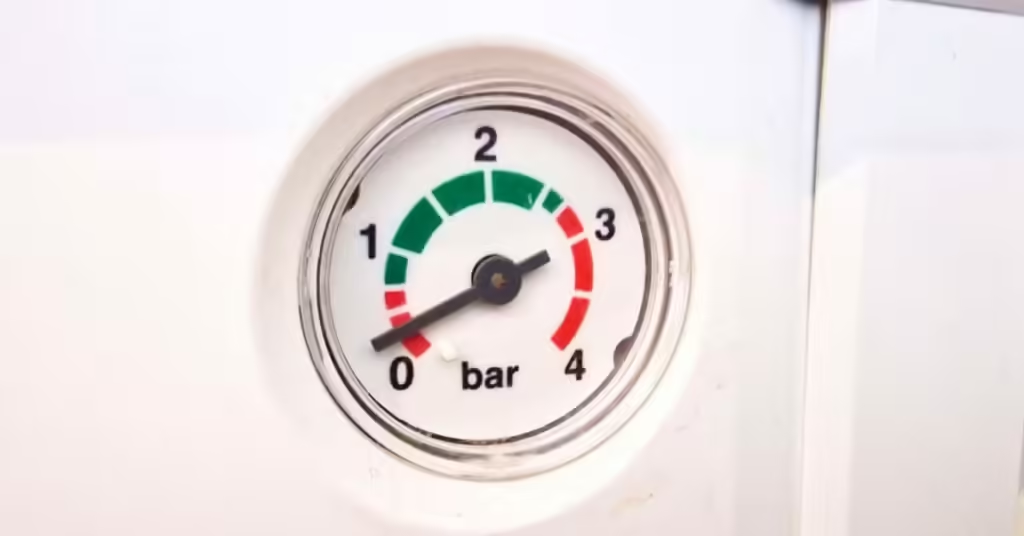
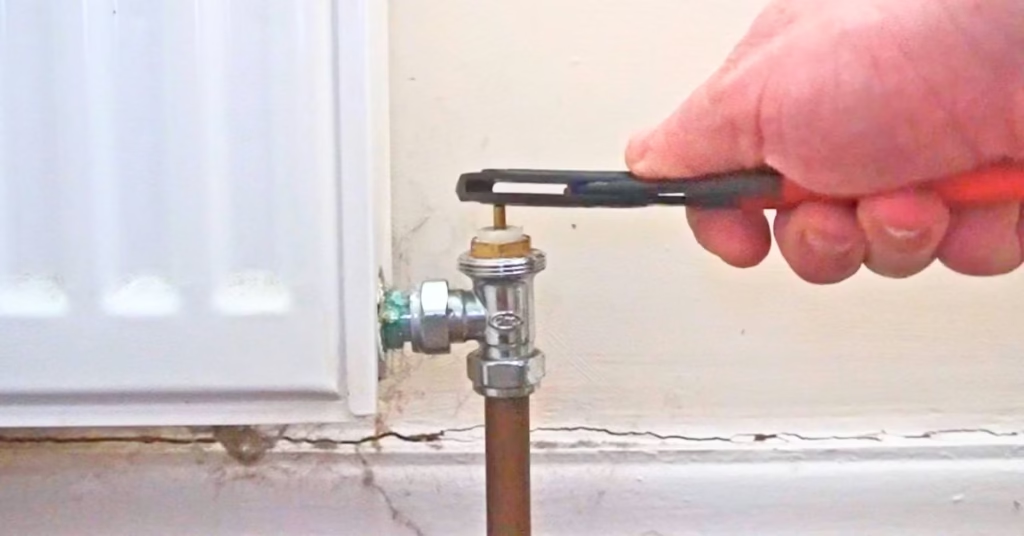
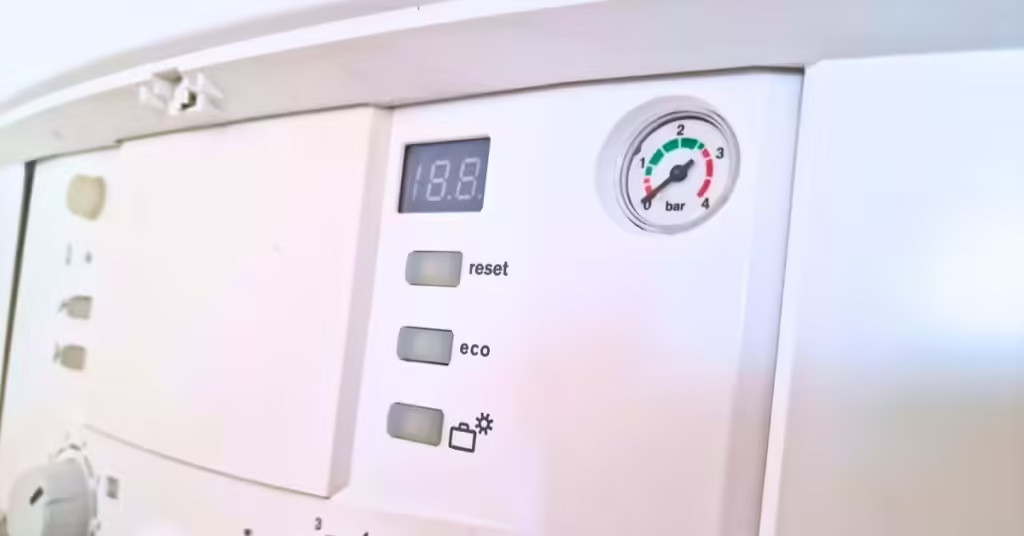
1. I’ve seen other posts that mention determining which is the inlet and which is the out let and that you should always restrict the outlet for balancing purposes as it means the full pressure is on the full radiator and only restricted at the out let valve. You don’t mention this at all, do you not agree with this sentiment ?
2. Would it not be better to open every valve fully and the start to close off the hottest until everything is balanced rather than opening the coldest to get more heat?
1. you could only do that on radiators without thermostatic valves but I don’t see it changing anything in any way.
2. the coldest should be fully open anyway, if they’re not that might be why it’s not getting enough heat.
I have a large house with numerous radiators of differing sizes and styles. I have (as much as is possible) worked out the order of the radiators heating and have systematically gone around the house getting the incoming/outgoing heat to approx 12deg between each. The only issue is that as I get closer to my ‘cold’ radiator (the cause of all this hard work) I am getting no heat coming to it at all, nor the pipes, but I can feel warmth in the wall with the pipe. Each radiator is still turned up to full. Is it possible to turn down the other rads to see if system capacity is an issue? If not, I’m guessing some crud must have got into this last radiator, even though it is new! Grateful for any help!
Hi Pippa,
You should turn off all the hot radiators and see if the cold radiator gets hot. You just need to close one valve on each radiator.
If the cold radiator doesn’t get hot then balancing the system won’t help. A radiator valve could be blocked or broken.
You might find this post helpful https://housewarm.co.uk/blog/heating/radiator-not-heating-up/
Hi – I have 6 radiators in my flat, 2 get really hot while the other 4 are cold. Bleeding didn’t help so going to try to rebalance them. The radiators have a Drayton RT212 valve and a lockshield valve, apart from the large radiator in my living room, which has two lockshield valves on each side and no TRV (probably because this radiator is close to the central heating control). The living room radiator is one of the 2 radiators that gets really hot, so I would need to close the lockshield valve on it to force the others to warm up as per your balancing instructions. My question is, do I close one or both of the lockshield valves on the big living room radiator?
Hi Anita, you only need to close one lockshield valve when balancing radiators. Good luck!